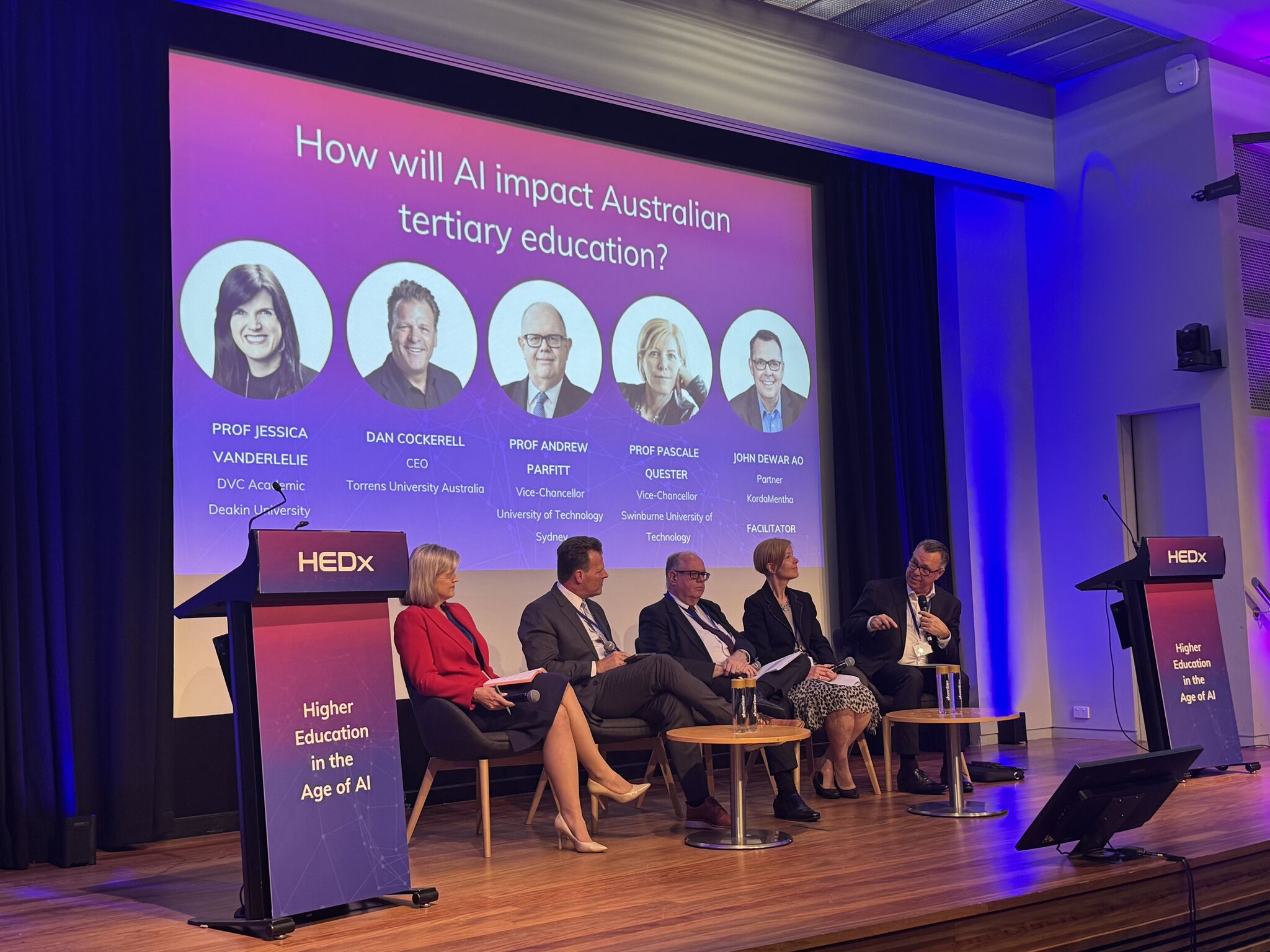-

Easter on two wheels: A ride through Victoria’s Autumn highlands
The Easter long weekend stretched out ahead, four days that felt like a rare gift. I decided to make the most of it, setting out from Fitzroy on Good Friday with my motorbike pointed east towards Bruthen in Gippsland. The city was emptying fast; Highway 1 was thick with people eager to escape. It’s a…
-

HEDx: The future of AI in an education-driven world!
On an intensely luminous April day in Melbourne, the State Library of Victoria became a hub for discussions about artificial intelligence (AI) and its place within higher education. The HEDx forum, hosted by La Trobe University, brought together leaders from universities, industry, and policy to explore how universities can navigate the opportunities and challenges presented…
-

The Rubicon Heritage Trail
The Rubicon Heritage Trail is a peaceful weekend escape tucked away in Victoria’s Rubicon Valley, about two hours northeast of Melbourne. At just a few hours long, it’s the kind of walk that feels rewarding without requiring too much effort. The trail follows old narrow-gauge tramlines and aqueducts, winding through lush Mountain Ash forests and…
-

Black Bluff: It never gets easier
Black Bluff and I have a long history. It’s the kind of climb that sticks with you—not just because of its eye candy natural views or its place in Tasmania’s ominous Penguin Cradle Trail, but because it humbles anyone who dares climb it. I’ve hiked it three times now, and it hasn’t gotten any easier.…
-

Review: William Dalrymple’s The Golden Road
William Dalrymple’s The Golden Road: How Ancient India Transformed the World is a monumental work of scholarship that seeks to recentre India’s role in global history, dismantling long-held Eurocentric narratives. While ambitious in scope and rich in detail, the book’s dense academic approach may prove challenging for casual readers, particularly those drawn to the more urgent contemporary…
-

AI in Higher Education Symposium Review (Sydney, 7 February, 2025)
Here is a review of the AI in Higher Education Symposium at the University of Sydney on Friday, February 7, 2025. These are all the sessions that I attended (and there were lots!). I have incorporated the information from my notes and the conference program and used NotebookLM to assist in the compilation. Introduction The…
